
Autism is a lifelong developmental disability. It is estimated six people in every thousand have some form of autism, with more males being affected than females.
Autism is characterised by:
- Difficulties in communication and social interaction, and
- Restricted interests and inflexible behaviour.
Autism is a spectrum condition, which means that, while all people with autism share certain difficulties, their condition will affect them in different ways and to different extents. For this reason people with autism are sometimes said to have an Autism Spectrum Disorder (ASD) or an Autism Spectrum Condition (ASD).
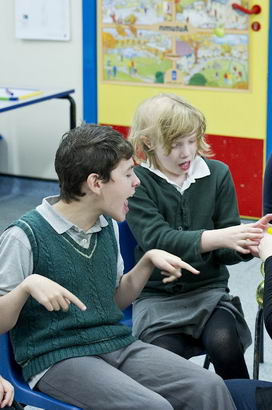
The three main areas of difficulty which all people with autism share are sometimes known as the 'triad of impairments'. They are difficulty with social:
- Communication
- Interaction, and
- Imagination.
As well as the triad of impairments, people with autism may have:
- A love of routines
- Sensory sensitivity
- Special interests, and
- Learning disabilities.
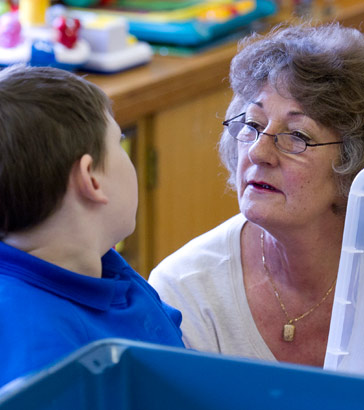
Some children on the autism spectrum are affected very mildly and their early development is not noticeably abnormal. These children are said to have Asperger syndrome. Diagnosis is, therefore, often made quite late.
Children with Asperger syndrome often have average, or above average, intelligence and their desire to learn social rules can camouflage the extent of their communication difficulties.
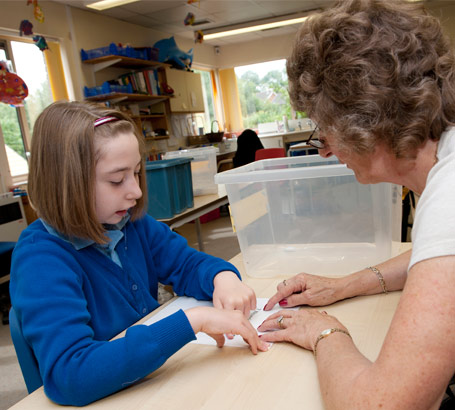
The causes of autism are still being investigated, however, research suggests that the cause is likely to be a genetic predisposition that affects brain development before birth.
Autism is not, as was once thought, caused by upbringing or social circumstances.
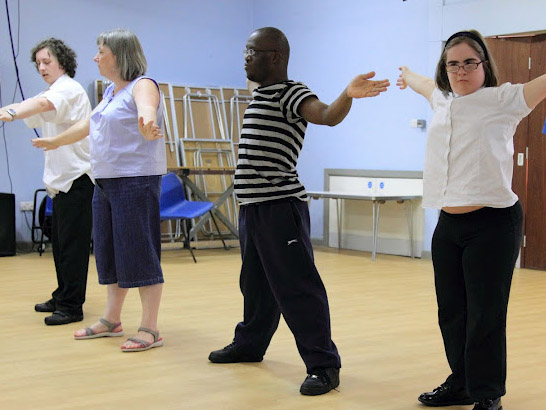
Early research into autism involved techniques from experimental cognitive psychology which led to the description of a number of 'cognitive defects' associated with autism. One of the proposed deficits is with theory of mind.
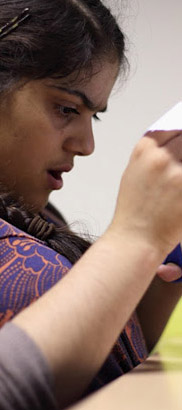
One theory that has been postulated to explain some of the observed characteristics of autism is that people with autism lack a 'theory of mind' (Baron Cohen, 2001).
Theory of mind describes the ability to attribute desires, feelings and thoughts to others to explain their behaviour. Other terms used to describe this are 'mentalizing' and 'empathising'.
Most people without autism can mentalize easily. This might be because there is an area of the brain that is responsible for mentalizing. Some scientists (e.g. Baron-Cohen, Leslie & Frith, 1985) have suggested that, in autism, this area of the brain is faulty.

Brain imaging has revealed those parts of the brain that are active when adults without autism engage in automatic mentalizing.
They are:
- The medial prefrontal cortex – involved in monitoring the internal states of self and others
- The superior temporal sulcus – important for analysing people's movements and actions, and
- The temporal poles – involved in processing emotions.
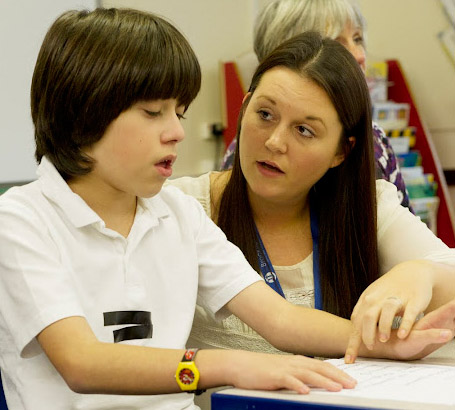
Brain scans of very able people with Asperger syndrome performing mentalizing tasks show the three brain regions involved in mentalizing as less active (Happé et al, 2006).
There is also some evidence from anatomical studies, of abnormally developing connections in the brains of children with autism (Blakemore and Frith, 2005; Geake, 2009).
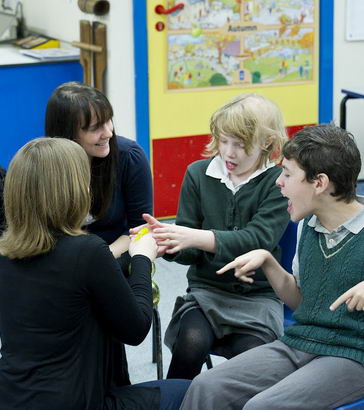
Just because autistic children lack the innate basis for 'theory of mind' doesn't mean they can't learn to mentalize through explicit teaching.
However, they often are not able to generalise their learning from one situation to another, so different situations and contexts will need to be taught separately, and the implications of actions, facial expressions, gestures and words, that may seem obvious to most people, will need to be made explicit.
Consider a child with autism in your class and build up a case study about this child taking account of the information in this package.
Consider:
- The nature of the child's autism and how this manifests itself
- Associated difficulties
- The range of professionals that work with the child and what they do, and
- The range of therapies and interventions used with the child.
Consider also:
- The child's strengths, and
- The barriers to learning and participation that the child faces.
What is done to remove barriers to learning and participation for that child – in your class and across the school? Identify personalised adjustments as well as more general adjustments that benefit the child you are focusing on and other children.
What could be improved in your own practice to remove barriers for the child? Identify one thing that you could change. Change it and evaluate the impact on the child's participation and/or learning.

Baron-Cohen, S., Leslie, A. M. and Frith, U. (1985) Does the Autistic Child have a Theory of Mind'?, Cognition, 21, 37-46
Baron-Cohen, S. (2001) Theory of Mind in Normal Development and Autism, Prisme, 34, 174-183
Blakemore, S. and Frith U. (2005), The Learning Brain: lessons for education, Blackwell Publishing
Brooks, T. (2010) Developing a Learning Environment which Supports Children with Profound Autistic Spectrum Disorder to Engage as Effective Learners (PhD thesis). Worcester: University of Worcester.
Frith, Uta (2003) Autism: Explaining the Enigma, 2nd Edition, Oxford, Blackwell.

Geake, J. (2009) The Brain at School, Educational Neuroscience in the classroom, Open University Press.
Happe, F. (1994), Autism: an introduction to psychological theory, UCL Press
Happe et al (2006) Theory of Mind in the Brain, Evidence from a PET scan study of Asperger syndrome. Clinical Science & Neuropathology.
Mesibov, G., Shea, V. and Schopler, E. (2005) The TEACCH Approach to Autism Spectrum Disorders. New York: Springer Inc.
Sainsbury, C. (2000) Martian in the Playground: Understanding the Schoolchild with Asperger's Syndrome, Bristol UK: Lucky Duck Publishing.